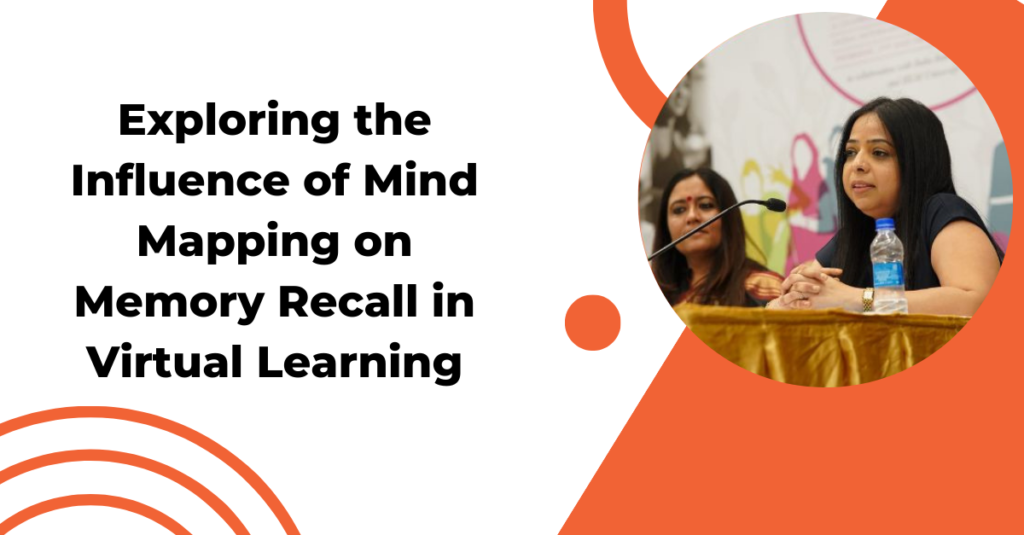As someone deeply immersed in the world of academia, I often find myself captivated by the intricate dance between pedagogical tools and cognitive enhancement techniques, particularly within the dynamic landscape of virtual education. Amidst the myriad strategies at our disposal, one technique stands out for its transformative impact on the virtual learning experience: Mind Mapping.
Imagine a virtual classroom as a vast canvas, each pixelated facet representing a potential arena for knowledge absorption. Within this expansive canvas, mind mapping emerges as a central figure, turning the conventional act of note-taking into an art form that orchestrates memory retention with the finesse of an intellectual symphony.
The canvas metaphor is not an exaggeration; rather, the mind map mirrors the intricate tapestry of the human brain. It is a technique that breaks free from the linear constraints of traditional note-taking, providing a visually stimulating roadmap for information storage. This departure from convention allows students and educators alike to traverse a landscape where ideas are not isolated entities but dynamic nodes in a rich neural network.
Envision a student navigating the labyrinth of virtual lectures armed not with a linear scroll of notes but with a kaleidoscopic mind map. As an academic, I have witnessed the transformation in engagement levels when students are encouraged to visually represent their thoughts. It marks a cognitive shift from passive reception of information to active participation in one’s own learning journey.
Mind mapping in virtual classrooms transcends the boundaries of monotony, injecting creativity into the often-rigid structure of academia. In my experience, students relish the freedom to color-code concepts, adorn nodes with images, and devise personalized mnemonic devices. The act of visually organizing information becomes an artistic expression of comprehension, a nuanced brushstroke that etches knowledge into memory.
In the traditional brick-and-mortar setting, one might argue for the charm of chalkboard scribbles. However, the virtual realm demands innovation, a departure from the analog in favor of the digital kaleidoscope. The mind map becomes a digital mural, an ever-evolving repository of knowledge that transcends physical constraints.
Beyond its aesthetic allure lies the cognitive impact – the true essence of this exploration. As an academic attuned to the intricacies of memory retention, I’ve observed the transformative effect of mind maps on the consolidation and recall of information. The non-linear structure mirrors the associative nature of memory, allowing learners to follow the organic pathways their thoughts naturally traverse.
Think of a mind map as a cognitive compass, guiding students through the vast sea of information. By fostering connections between disparate concepts, mind mapping empowers learners to discern patterns, facilitating a deeper understanding that goes beyond rote memorization.
Yet, like any academic enthralled by the ever-evolving landscape of education, I acknowledge the need for a balanced perspective. Mind mapping, while a potent ally in enhancing memory retention, is not a cure-all. It thrives in symbiosis with other cognitive strategies, each playing its unique role in the grand symphony of learning.
In conclusion, the impact of mind mapping on memory retention in virtual classrooms is not a mere footnote in the annals of pedagogy; it is a bold stroke on the canvas of educational innovation. As someone navigating these uncharted territories in academia, I invite fellow educators to embrace the dynamic potential of mind mapping, to transcend the linear confines of traditional note-taking, and to witness the blossoming of enriched cognitive landscapes in the virtual classrooms of tomorrow.






